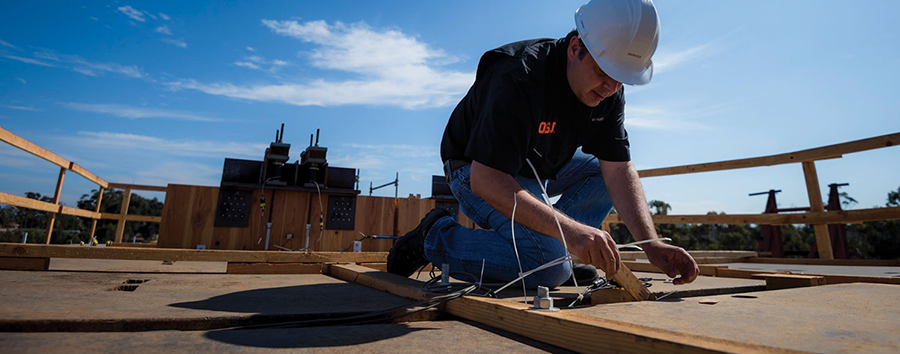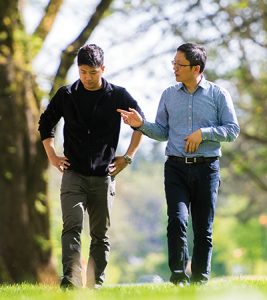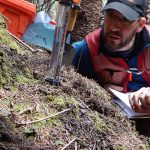
Thinking about planning on the landscape level can be overwhelming for forest managers. To help understand the complexities of land management and decision making, a collaborative team of Oregon State University researchers, the United States Forest Service, state agencies and private land owners worked together to help tailor a simulation modeling program called Envision.
The software was developed by a team led by John Bolte, professor and department head of Biological and Ecological Engineering in the College of Agricultural Sciences. It is an integrated modeling platform for coupled human and natural systems analyses.
The open source, GIS-based tool is helpful for planning and environmental assessments. It uses graphs, maps and data to demonstrate how landscape processes interact and how vegetation may change over time. For example, data can spatially depict where wildfire, prescribed fire, thinning and succession may occur over time under different land management scenarios. If land managers are interested in a specific model output, such as dense forest habitat, timber volume or homes affected by wildfire, this can be summarized graphically.
Restoration fire in the Deschutes National Forest
OSU Research Associate Ana Barros, Senior Faculty Research Assistant Michelle Day, Assistant Professor Meg Krawchuk, and Forest Service partners collaborated and utilized the software to model wildfire and forest management scenarios on the Deschutes National Forest. The work included taking a look at the impact of restoration wildfire. These are wildfires caused by lightning that ignite in low risk areas when the weather conditions are mild. They are managed to help achieve forest restoration goals such as reducing understory fuels or thinning dense forests.
“What happens if we have more restoration fire?” asks Barros. “We want to explore this idea of letting wildland fire do some of the work we need to do in terms of restoration.”
The group modeled fires in the Deschutes National Forest and looked at factors like smoke, habitat for species like the northern spotted owl, and how much restoration can accomplish in terms of preventing devastating and out-of-control wildfire.
Modeling like this allowed the team to identify tradeoffs including cost, smoke and safety to help make science-based recommendations to land managers. Results suggested that, although there are trade-offs, restoration wildfire can improve forest resilience and contribute to restoration efforts in fire-adapted forests.
“Restoration fire is not a magic solution,” Barros says. “But it does improve resilience in forests.”
Collaborative forest management in Eastern Oregon
Oregon State, in partnership with the U.S. Forest Service’s Pacific Northwest Research Station (PNW), took Envision to land managers and communities in Eastern Oregon.
In a project funded by the college’s Institute for Working Forest Landscapes and the PNW, a research team worked with managers and forest collaborative stakeholders to test how different management strategies might yield different future landscape outcomes for wildfire, fish and wildlife, timber production and other important values.
The collaborative groups the team worked with, including the Deschutes Collaborative Forest Project and the Lakeview Stewardship Group, were able to apply the results of the modeling to their dialogue and decision-making processes.
“The model provided a good conversation starter when looking at a specific area and how it fits into the larger landscape,” says Emily Jane Davis, assistant professor and extension specialist. “This type of data can help make forest management decisions more effective by aiding discussions about current conditions, future choices and outcomes.”
A version of this story appeared in the spring 2019 issue of Focus on Forestry, the alumni magazine of the Oregon State University College of Forestry. Learn more about college research here.




 Cable-assisted harvesting systems are gaining popularity in the Pacific Northwest. Stewart Professor of Forest Operations
Cable-assisted harvesting systems are gaining popularity in the Pacific Northwest. Stewart Professor of Forest Operations 



